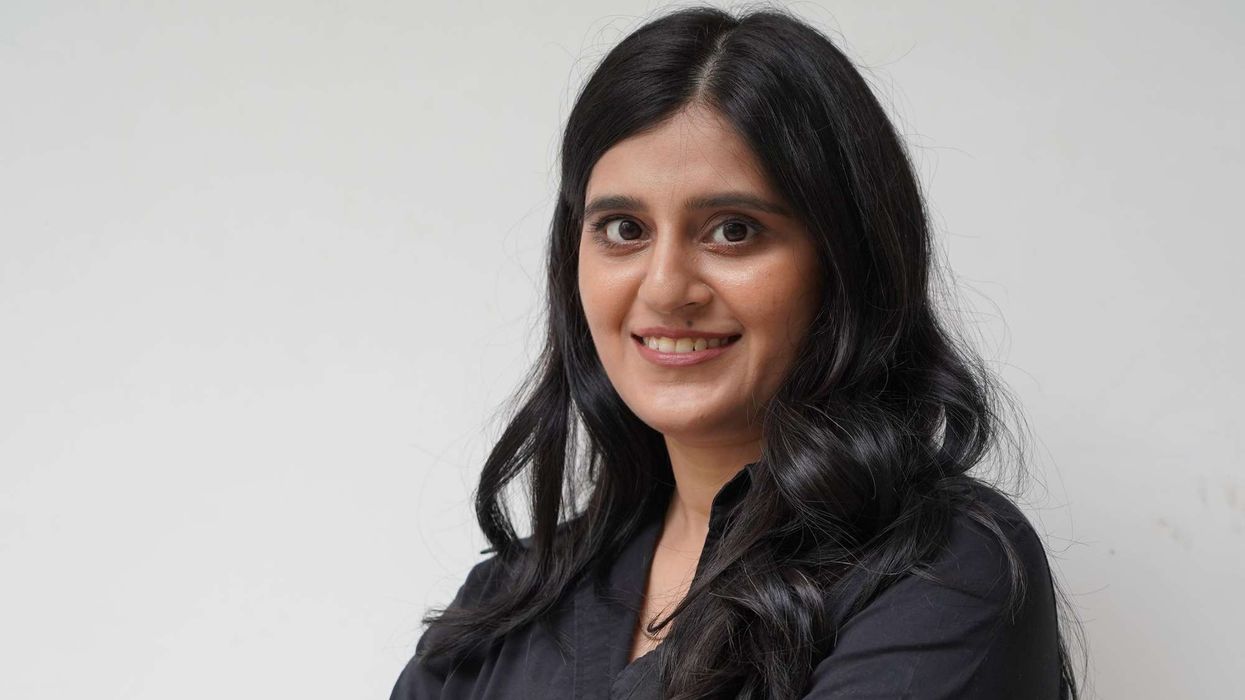A physician assistant (PA) internship isn't just another step in your education; it's a pivotal moment that can define your future in medicine. This is where you can seamlessly connect classroom theory with real-world practice, sharpen your clinical expertise, and develop your professional identity.
But to truly make the most of this experience, simply showing up isn't enough. Here's how to approach your internship with purpose and intention.
Set Clear Learning Goals Early
Before beginning your PA internship, think about what you hope to gain. Are you aiming to enhance your diagnostic reasoning? Is it to strengthen your communication with patients? Or perhaps become more comfortable with documentation? Defining these goals ahead of time allows you to focus your efforts.
It also helps to share these objectives with your supervisor right away. Don't assume they'll know what you need or want to learn. By aligning your personal goals with the internship's structure and your physician assistant program's curriculum, you can set the stage for a more focused and meaningful experience.
If you're looking to broaden your perspective, explore the PA internship offered by international programs or academic partners abroad. These experiences introduce you to new clinical environments, deepen your understanding of global healthcare challenges, and strengthen your cultural awareness.
Be Proactive, Not Passive
An internship is not the time to take a back seat. So, volunteer to present patients, assist with documentation, or observe procedures. Ask if you can participate in areas that support your learning goals, too.
Taking initiative signals that you're invested in your development. Whether it's offering to help with charting or expressing interest in a particular case, each step forward deepens your clinical experience and prepares you to work confidently alongside experienced healthcare professionals.
Learn From Every Team Member
Some of the most valuable lessons from your internship program won't come from physicians alone. Nurses, medical students, technicians, and administrative staff each bring unique perspectives that deepen your understanding of patient care and clinical operations.
Watch how nurses communicate with patients or how medical assistants manage fast-paced workflow. Building trust and professional rapport across the team strengthens your collaboration skills and prepares you for the teamwork essential in everyday clinical settings.
Ask Thoughtful Questions

You're expected to have questions, but it's how and when you ask them that makes the difference. Rather than asking basic facts you could look up later, focus on questions that demonstrate critical thinking and genuine engagement with patient care.
For instance, you can ask about clinical reasoning: "What factors led you to choose this treatment approach?" or "How did the patient's history influence your differential diagnosis?" These questions show you're thinking like a clinician, not just memorizing protocols. Understanding the "why" behind medical decisions will accelerate your development of clinical judgment.
Also, master the art of timing. If the clinical environment is hectic, make a quick note of your questions and ask them during a quieter moment. This approach shows respect for the workflow while ensuring you get the learning you need.
Master the Art of Charting
Effective documentation is an essential skill. It supports continuity of care, contributes to billing accuracy, and reflects your clinical understanding.
So, practice writing clear and structured notes. Focus on being concise while still capturing the full picture. Strong documentation skills will serve you well no matter where you practice in the medical field, whether in primary care, surgery, or a specialty clinic.
Embrace Feedback
Feedback from experienced medical professionals offers insights that textbooks and lectures simply can't. They have seen countless cases and can spot patterns, mistakes, and opportunities for improvement that you might miss. But remember, their critiques aren't personal attacks—they're investments in your development as a healthcare provider.
That said, learn to accept constructive feedback with maturity and openness. Listen actively without becoming defensive, ask clarifying questions when needed, and thank the person for their time and insight. Most importantly, act on what you learn. Adjust your approach, practice the suggested techniques, and follow up to show you've incorporated their guidance. This responsiveness demonstrates maturity and signals that you're serious about your professional growth, qualities that will serve you well beyond your internship.
Reflect Daily and Track Your Progress
A brief daily reflection can significantly enhance your learning. So, at the end of each day, take a few minutes to process what happened. Which cases challenged you most? When did you feel most confident in your decisions?
Whether you write in a journal or record short audio notes, making time to reflect and understand your experiences helps solidify what you've learned and build confidence in your clinical decision-making.
Balance Confidence With Humility
Confidence is important, but so is recognizing your limits. If you're unsure about something, speak up. Asking for guidance shows good judgment and a commitment to safe, effective care.
The key is to find the right balance. Know when to take initiative and when to pause and consult. This balance goes a long way in developing trust with both your team and the patients you serve.
Build Relationships That Last
An internship is a time to learn, but it's equally an opportunity to connect with people who can help shape your career. Supervisors and fellow interns you work alongside today may become your future colleagues, mentors, or professional references.
That said, maintain a respectful presence and express gratitude. Show interest in others' experiences, contribute meaningfully to team discussions, and demonstrate reliability in your responsibilities, too. People remember those who made their work easier and more enjoyable.
After your rotation ends, consider sending a thank-you note or staying in touch on professional platforms. These relationships can be invaluable as you move forward in your medical career and build your professional reputation.
Final Thoughts
A physician assistant internship is more than a box to check—it's your introduction to life as a healthcare provider. Treat it as an opportunity to grow, explore, and define your role within the broader medical field.
Stay focused, ask questions, take initiative, and reflect regularly. With a professional mindset and a commitment to learning, you'll transition smoothly from student to practicing PA and start making a real impact in your chosen healthcare setting.












